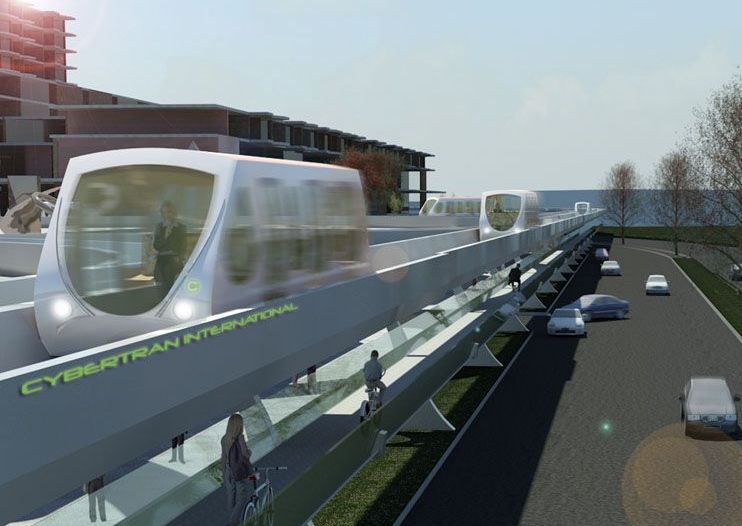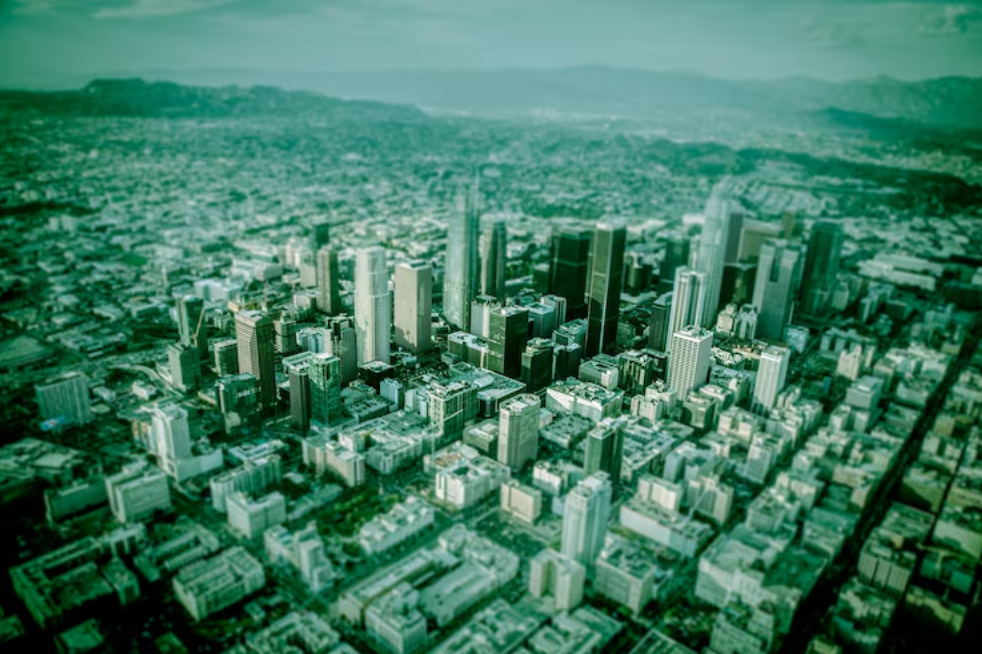Politics in Transportation
The political status in transportation

In a recent article from USA.Streetsblog.org, is a conversation with Massachusetts Sen. Ed Markey. In the article, a point is made about The Freedom to Move Act.
Co-introduced by Rep. Ayanna Pressley (D–Mass) and co-sponsored by more than 20 lawmakers, Markey says the bill has won broad support because it cuts through typical arguments about how free fares force agencies to skimp on service, injecting money directly into systems that many feel should be treated as a basic public good. And he says that data from communities in his home state has already proved that this approach "boosts ridership, reduces administrative costs associated with fare collection, and improves safety and on-board experiences for transit workers and riders alike."
With transit agencies across America fast approaching a death spiral, they can use all the help they can get.
"While skeptics of free transit programs worry about the tradeoffs of improving service and affordability, Massachusetts has invested in fare-free pilots for Regional Transit Authorities throughout the state — and shown that instituting fare free programs can deliver on both fronts," he continued. "Unfortunately, decades of car-centric investments are forcing transit agencies to face a fiscal cliff, whether their service is fare-free or not. The federal government must provide support to communities to both improve service and provide fare free pilots. Our communities desperately need both."
One of the key points in the statement of claiming that “decades of car-centric investments are forcing transit agencies to face a fiscal cliff” reveals the political view having a total lack of comprehension of land-use. The understanding that politics has, identifies land-use; only as land-use zoning. Land use zoning is irrelevant to land-use in urban growth. Land use zoning is a localized set of political regulations.
All urban growth is based on an area’s primary source of transportation. There are only four types of land-use: nature, agriculture, transit-oriented, and automobile centric land-use design.
In looking at the global figures (Wikipedia Farebox Recovery Ratio) of transit’s farebox recovery rates, one only has to look at the figures to explain why some localities have much higher farebox recovery rates than others. Areas that have a transit-oriented land-use design, are built upon fixed rail transit to provide the primary source for the area’s mobility demands. The area’s where transit doesn’t work, are areas with the automobile centric land-use design; such as Los Angeles (10.85%), Houston (6.35%), and Dallas/Ft. Worth (7.64%).
The bigger picture to look at in finding transportation solutions is the reality of what year it is. This article is written in 2025. Anyone born prior to 1970 was promised flying cars by the year 1980. Technology advances in transportation are overdue by nearly 50 years. Train technology revolutionized urban growth in Western Society. That was 200 years ago. The automobile replaced Western Society’s growth over 100 years ago. What do we have today? Bitter political fights between funding 100-year-old technology verses 200-year-old technology. Both of these antiquated transportation methodologies are inappropriate for today’s modernized society. Autonomous cars are extraneous extensions of the automobile’s 100-year-old technology; they have four wheels and a motor.
Transportation is wholly dependent upon its infrastructure. The point of Elon Musk’s Hyperloop Whitepaper, and The Boring Company, is to create modern infrastructure. Although the concept of his Hyperloop technology discovered more problems than solutions, there is a transportation solution with infrastructure.
Markey identifies the future of transportation having new technology. That new technology is not 200-year-old train technology, nor is it 100-year-old automobile technology. All that has been clearly identified, is that the future of transportation also has a new infrastructure methodology.
Transit oriented land-use growth is obligated to forms of high-density vehicle passenger load capacity. The new technology transit systems are able to utilize autonomous vehicles with very accurate computer technology that allow extremely short vehicle headways with passive switching for direct to destination capability. This means smaller transit vehicles and increased ridership convenience. Where is the government related interest in this essential social demand?
The recent termination of Federal fund going to California’s High Speed Rail project is emblematic of an attempt to implement a 200-year-old transportation technology into modern culture.
Beyond CA’s HSR are the important aspects of urban growth along the chosen path through Central California. Since all urban growth is based on its primary source of transportation, what are the impacts of building a $15billion heavy rail infrastructure?
In the 1960’s Pat Brown’s administration created a passenger rail Rights-Of-Ways (ROW) in the median of I-5 throughout California. Additionally, all of CA’s new freeways include light-rail ROWs. Where is the political support for New Technology Transit systems?
Viable transit is found with modern transit technology. This happens with private sector participation through active real estate development within existing transportation corridors.
The heavily affected areas of the CA HSR project are the Downtown areas of Bakersfield, Hanford, Fresno, Madera, and Merced. These Downtowns were originally developed with a transit-oriented land-use design. They were the commerce centers, served by trains and streetcars. During the 1930s the automobile emerged as the predominant source of transportation and began eroding the strategic commerce hubs. When recognizing that all urban growth is based on an area’s primary source of transportation, the land-use design of the downtowns became dysfunctional.
The ONLY way to revitalize these vital downtown commerce areas is to immediately reintroduce transit to these essential and established transit-oriented land-use designed areas with advanced transit system technology. Transit-oriented land-use development is dysfunctional without the transit component: automobiles are incompatible with the transit-oriented design.
As the USA.Streetsblog.org says in its interview with Sen. Ed Markey; the future of transportation requires new transportation systems technology.



